Apple has just released iTunes 9.0.3, which looks like mostly bug fixes a big upgrade with a new look, among other things. Full details of the big, fat 100MB upgrade after the jump.
iTunes Upgraded To 9.0.3: Mostly Bug Fixes
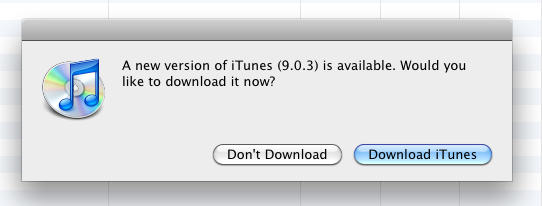

Apple has just released iTunes 9.0.3, which looks like mostly bug fixes a big upgrade with a new look, among other things. Full details of the big, fat 100MB upgrade after the jump.
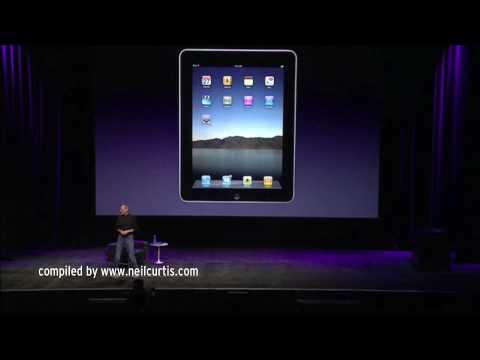
httpv://www.youtube.com/watch?v=1ZS8HqOGTbA
Here is Steve Jobs’ iPad keynote in less than 180 seconds. It’s wonderful! Amazing! Incredible!
The video sums up “all the important words,” says its creator, Neil Curtis.
“I assure you that no scene is repeated and everything was said on this keynote!” he adds. “Oh, and please don’t take it personal: it’s meant to be humor!”
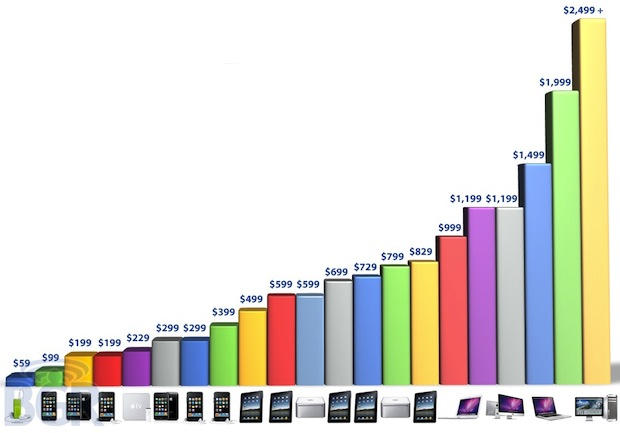
Boy Genius Report has an interesting chart of Apple’s price points. The site claims the chart shows that Apple has all the price points covered:
“From $59 to $7,000, if you want an Apple product, there’s a pretty darn good chance you’ll be able to pick something in your price range. Simply brilliant,” says the site.
But note that the chart does not show ALL Apple’s products and price points: there’a lot of products missing. But it does show that although Apple has a reputation as pricey, it does hit a lot of sub-$1,000 price points.

Here are two interesting but conflicting opinions on the iPad, pro and con.
Con: Tech author Rafe Colburn says the iPad is a scary harbringer of the closed future of consumer computing.
“General purpose computing is too complicated for most people anyway, and the iPad’s descendants along with similar competing products from other companies will offer an enticing alternative. So I see the death of the traditional, open personal computer as a likely occurrence.”
Pro: But Facebook iPhone developer Joe Hewitt is extremely positively about the iPad’s closed system. To his mind it’s a major asset:
“The one thing that makes an iPhone/iPad app “closed” is that it lives in a sandbox, which means it can’t just read and write willy-nilly to the file system, access hardware, or interfere with other apps. In my mind, this is one of the best features of the OS. It makes native apps more like web apps, which are similarly sandboxed, and therefore much more secure. On Macs and PCs, you have to re-install the OS every couple years or so just to undo the damage done by apps, but iPhone OS is completely immune to this.”
I’m with Hewitt. The IPad is a cloud computer par excellence, and we will likely be able to run almost any software we want on it, but it’ll be on a server somewhere and not on the iPad. Colburn notes this too, but thinks it’s a bad thing.
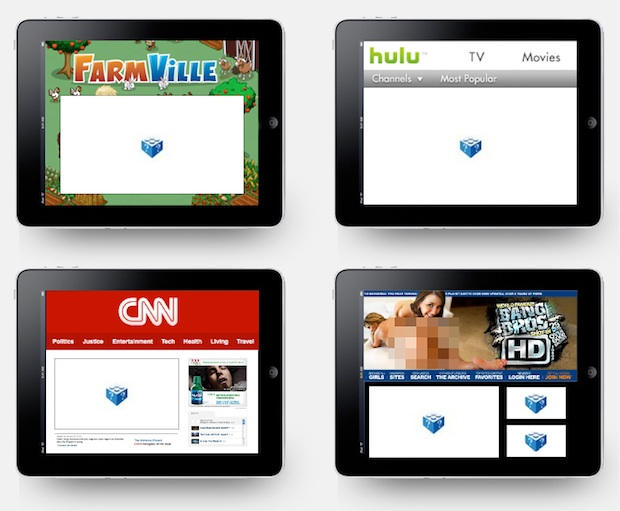
Why is there no Adobe Flash on the iPad? Adobe says it’s not because it’s buggy, as an Apple source claimed this afternoon to CultofMac.com.
It’s because Apple is protecting revenue streams derived from content like movies and games. If users could watch free TV shows on Hulu, they wouldn’t buy them through iTunes.
“It’s pretty clear if you connect the dots: the issue is about revenue,” says Adrian Ludwig, an Adobe group product manager for Flash, during a telephone interview on Friday afternoon.
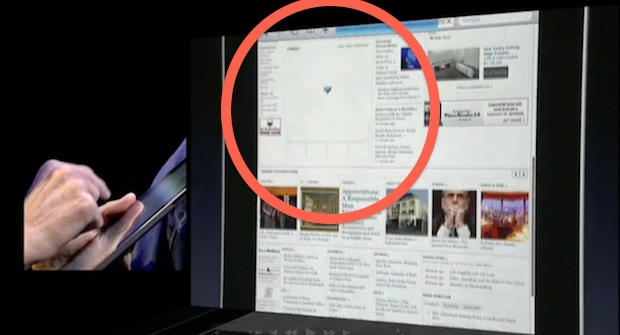
UPDATE: Adobe says Flash is not buggy and that Apple is protecting revenue streams from content like movies and games.
Flash will not be coming to the iPad — not now, not ever — says a source inside Apple who is part of the iPad development team.
Instead, Apple will rely on HTML 5 and CSS to play rich media, such as YouTube videos, on the web.
“Flash is too buggy and will crash the whole device,” says the Apple source. “Apple’s done no deal with Adobe.”

httpv://www.youtube.com/watch?v=dCHzgRPXRCM&feature=player_embedded
There’s some pretty good jokes is this Barely Political mash-up of President Obama’s State of the Union address and Steve Jobs’ iPad presentation.
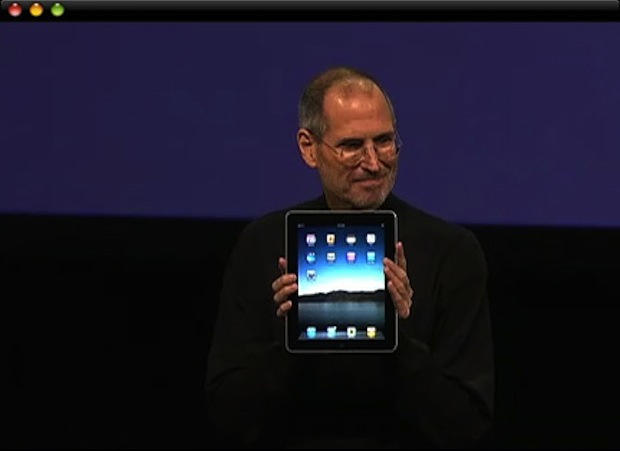
Apple has posted video of Steve Jobs unveiling the iPad. It’s available in QuickTime and MPEG-4 formats — Low, Medium, or High.
The presentation is also available as a podcast through iTunes. Here’s the iTunes link.
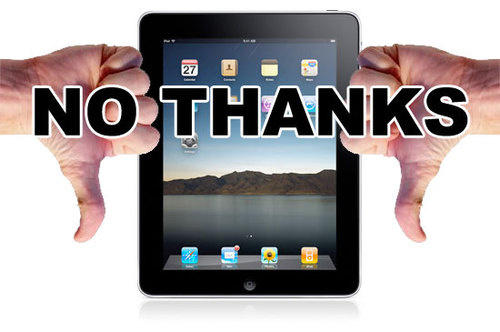
The backlash against the iPad was inevitable and predictable. The lack of a hard keyboard was enough to send most geeks into a fit. But the backlash against the iPad is particularly vicious and visceral.
The word “iTampon” is the #2 worldwide trending topic on Twitter right now.
“This thing sucks. Anyone who buys it is a moron,” says one commenter at Engadget.
Some sites, particularly Gizmodo, are going the extra mile in iPad-bashing.
“My god, am I underwhelmed by the iPad,” says Gizmodo’s Adam Frucci. “This is as inessential a product as I’ve ever seen, but beyond that, it has some absolutely backbreaking failures that will make me judge anyone who buys one.”
But similar reactions greeted the iPhone, the iPod and the original iMac (no keypad, closed system, no floppy), and look what happened to them. They’re just the most popular smartphone, MP3 player and single model of a PC ever built.
Thing is, the last people to ask about the iPad are geeks. This isn’t a product built for them. They’re WAY too in the weeds. They can’t get over the lack of camera, multasking or Flash. But ask my wife about the iPad and Flash and she’ll look at you like you’re speaking in tongues.
As we predicted, the iPad is Steve Jobs’ “computer for the rest of us.” It’s a natural successor to the original Mac, which introduced the GUI to PCs – and was derided by geeks as a “toy.” But look around, the GUI kinda caught on.
The iPad is not for geeks. It’s for ordinary people who want a lightweight computer and are sick of computer headaches. This is a machine you’d buy for your grandmother and not have to worry about tech-support.
Yeah, you relinquish some control — which is something PC fans have always hated about Macs — but most ordinary people are grateful not to think about file systems, software installers and virus definitions.
The iPad is the first computer for people who are completely computer illiterate — and there’s millions of them.

httpv://www.youtube.com/watch?v=sGiUoXB6IV4&feature=player_embedded
Jonny Ive is on top form in this iPad introductory video from Apple.
“It’s true,” he starts the video by saying. “When something exceeds your ability to understand how it works, it sort of becomes magical. And that’s exactly what the iPad is.”
BTW: There’s a higher res version on Apple’s homepage, but it’s taking a while to load.
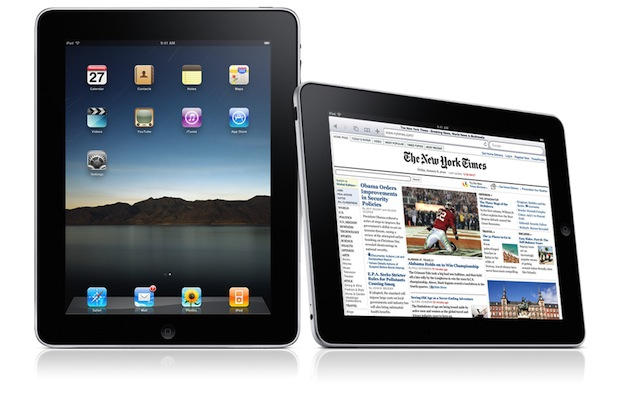
A lot of people following the Steve Jobs iPad keynote this morning weren’t convinced about the device until he mentioned the price: $499.
All of sudden, people wanted to buy three of them.
The price is the big news here. Everyone was expecting it to cost $700 to $1,000 — Apple makes pricey products, right?
But there’s no “Apple tax” on the iPad. This thing is priced to move, and they’re going to sell boatloads of them. And not just to Apple fans — the iPad will attract scores of Windows switchers.
Go to any Apple store and you’ll see heaving throngs of shoppers checking out Apple’s goods. A lot of them are Windows users shopping for a new home machine to replace an aging Windows box. They’re sick of the headaches and want an alternative.
The iPad is that alternative. It’s not an extra gadget, a luxury for someone who already has an iPhone and a laptop. It’s a replacement for that laptop — a true alternative.
And at $499, it’s also an alternative to the Kindle, cheapo netbooks and even Apple’s own MacBooks.
The iPad+ keyboard dock = cheap MacBook. It’s half the price of Apple’s cheapest MacBook, and a third of the MacBook Air.
Steve Jobs is a ballsy guy. He’s probably the ballsiest CEO in the U.S. right now. Who else would undercut their own laptop line — which are Apple’s most popular and most profitable computers — with a brand new device that costs half the price?
But this is how Jobs rolls. He killed the popular iPod Mini and replaced it with the iPod Nano. He’s undercutting the entire iPod line with the iPod Touch. He’s a forward-looking guy, and the iPad is a forward-looking computer.
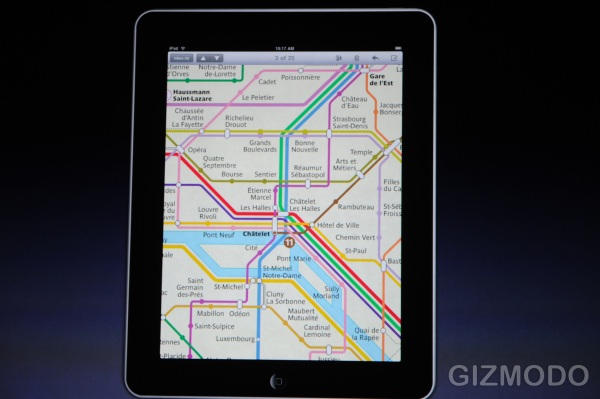
Of all the people in the world, you’d think Cultofmac.com readers would go bonkers for the iPad. But judging from Twitter reactions, they’re not sold — and Steve hasn’t even mentioned the price yet!
Here’s some of the feedback tweets we’re getting:
@cultofmac Just a big iPhone, nothing special just yet.
@cultofmac i’m not sold. I mean why get this if you have an iphone or mac or both????
@cultofmac: It has huge borders!!! and i hoped to see usb conectors for the #ipad
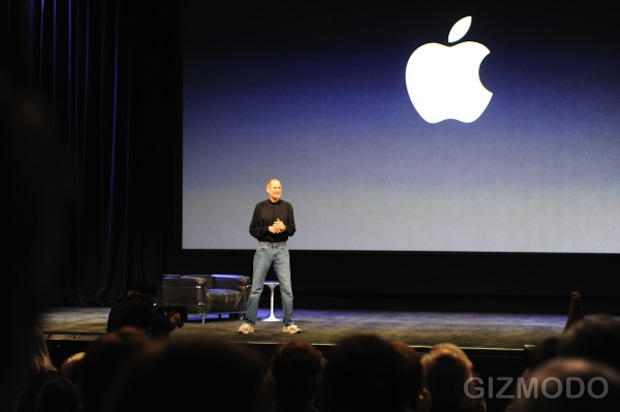
Steve Jobs just took the stage at Apple’s special media event.
“We want to kick off 2010 by introducing a truly magical and revolutionary new product,” he said.
Jobs looks pretty thin but his voice is a lot stronger than October, when he last appeared in public. He looks a lot better, in fact.
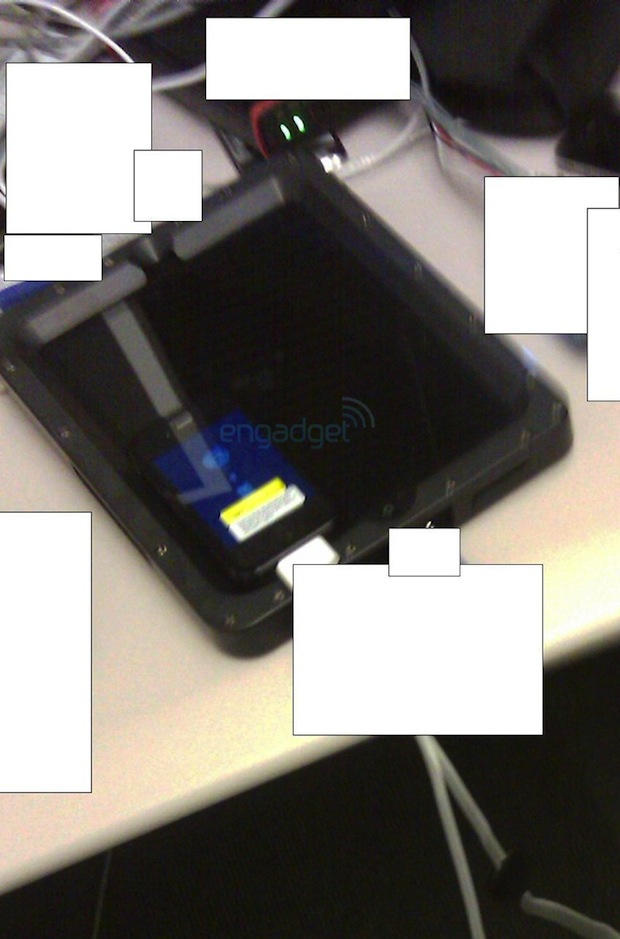
Engadget has just published another picture of the tablet prototype, which clearly shows a forward-facing camera. Earlier rumors, which weren’t very plausible, said the tablet wouldn’t have a camera.
The latest spy shot (if it’s real) also clearly shows the size. That’s an iPhone in the corner, and by the looks of it, the tablet’s screen is larger than 10-inches. (The iPhone may also be a prototype: it has a black bezel, like the tablet).
The tablet’s bezel looks pretty deep. Not one of the myriad mockups floating around the internet envisioned such a beefy bezel.
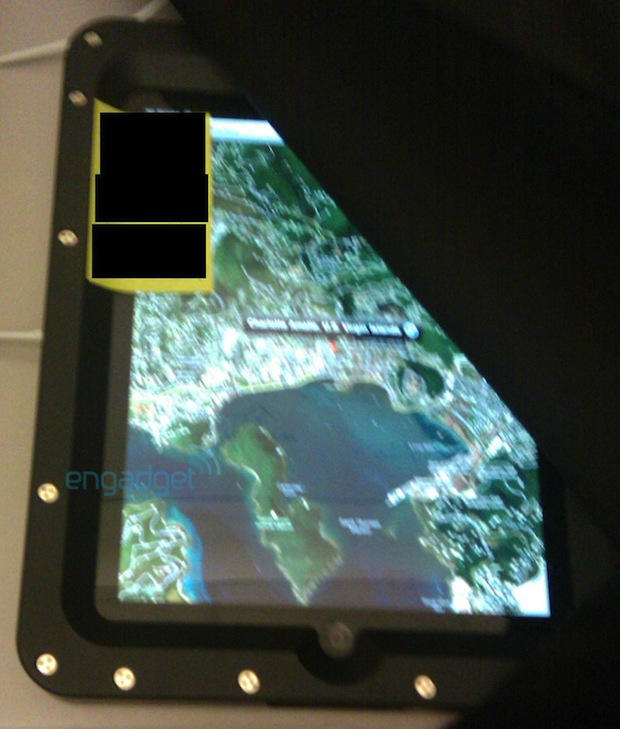
Everyone’s getting very excited by these Engadget pictures, which purport to show a prototype of Apple’s tablet. Says Engadget:
“It’s big — really big — and it’s running what clearly looks like an iPhone app, although we’ve never seen an iPhone app with that interface or at that resolution before. We also see a WiFi icon and a cell service indicator, although tragically there’s no carrier listed.”
But color us skeptical. The pictures appear to have been sent in anonymously (“Okay, we obviously can’t confirm this…” the post starts). And trying to explain the bolts around the edge, Engadget suggests it has been bolted to the table. Bolted to the table? WTF? Why would it be bolted to a table?
And what’s going on in the picture below, in the bottom left corner of the screen? It looks like the screen is transparent, and its showing a support of some kind underneath. Or is it a reflection? Perhaps it is an Apple prototype, but a tabletop system, like Microsoft’s Surface table?
In the picture below, at the bottom of the screen, is the reflection of what looks like a utility pole (with transmission wires running left to right) and the image of the photographer, who has been whited out.
So the picture was taken outside (in the U.S. Virgin Islands perhaps?), while the picture above looks like an indoor shot. The tablet seems to be sitting on a tabletop, with white wires running underneath — perhaps the AC charger and headphones. Note the Home button sitting right in the middle of the shortest edge, plus the recessed screen. It looks to be the same size and shape as a tea tray.
The bolts around the edge are reminiscent of the bolts used in the stairs at Apple’s stores, and the pivot arm of the old G4 iMac. However, it seems unlikely that Steve Jobs and Jonny Ive would leave bolts exposed in the final design.
Still, after being initially highly skeptical of these pictures, they’re now starting to look more real. What are the blacked out labels though?

Publishing mogul Terry MrGraw of McGraw-Hill says Apple’s tablet is based on the iPhone OS, not OS X as many fans are hoping.
In an interview with CNBC, McGraw-Hill’s CEO said his company has been working with Apple for “quite a while” and has prepped 95% of its textbooks for the tablet, which will be a hit in the higher education market.
When asked about by the anchor about the Apple tablet, McGraw said:
“Yeah, Very exciting. Yes, they’ll make their announcement tomorrow on this one. We have worked with Apple for quite a while, and the tablet is going to be based on the iPhone operating system and so it will be transferable… We have a consortium of e-books. And we have 95% of all our materials that are in e-book format. So now with the tablet you’re going to open up the higher education market, the professional market. The tablet is going to be just really terrific.”
Frrm his tone, it sounds like McGraw has seen the tablet — or a prototype. Watch the video above: he sounds very confident about the operating system. As previously reported, the iPhone OS is the logical choice for the tablet.
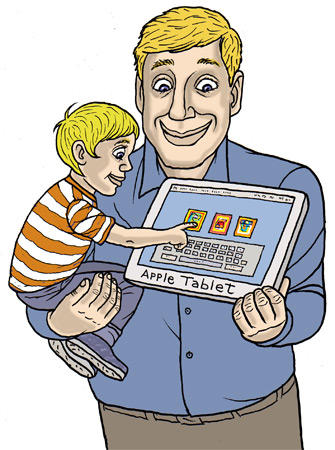
Our old friend Farhad Manjoo has an insightful piece on Slate explaining why he hopes Apple’s tablet will be like a toaster.
Farhad hopes the tablet will have an iPhone-like operating system (as we’ve mentioned here before) that offers a somewhat restricted, locked down computing experience like the iPhone. That is, he hopes Apple has removed all the complexity of using and maintaining a traditional personal computer.
“The most revolutionary thing about Apple’s phone wasn’t its sleek case or the multitouch gestures, but the artful way in which it hid nearly every bit of complexity behind a display of easy-to-understand icons. The iPhone contains no visible “directory structure.” Your music is not in a particular place on your phone; it’s just on your phone, and you get to it by launching the music player. Other than charging it, the iPhone requires no maintenance. Backups and OS upgrades occur automatically, and because all programs are approved by Apple (and because even third-party programmers aren’t given deep access to the phone), you never have to worry about malware. And look how easy it is to install a program: Choose one from the store, press “Install,” and type in your password to authorize the purchase—and that’s it. The iPhone doesn’t ask you where you want to put the new program, or how you’d like to launch it, and whether you’d like it to be the default program for doing a particular kind of task. It just puts up a little icon on the screen. To run the program, click the icon. To do something else, hit the home button.”
I think Farhad has put his finger on the most important feature of the tablet. It’s not designed for nerds, like traditional PCs (even the Mac) but for ordinary consumers who have no interest whatsoever in learning how to use a computer.
If you can get your noodle around it, it’s an astonishing thought. Steve Jobs is attempting to reinvent computing again, but to do it right this time.
The tablet will usher in a new era of consumer-level computing that will be utterly different to computing in the past. Instead of mice and keyboards, there’ll be a new generation of software designed for fingers and voice. It’ll be a lot easier to use (see all those videos of toddlers using iPhones), and a lot easier to maintain. Thanks to Apple’s controls over app installation, it’ll be largely free of the viruses, driver issues and tech-support headaches of traditional PCs. Of course, we’ll sacrifice some freedom to tinker for all this — but who cares? (Our own Leigh McMullen for one. See his “My Tablet Won’t be Running any Silly Phone OS.”)
No wonder Steve Jobs is so excited about the tablet. All the way back to the Apple II in the late 1970s, his earliest ambition was always to make computers accessible to mere mortals — to make the computers “for the rest of us.” It’s the realization of his earliest dreams.
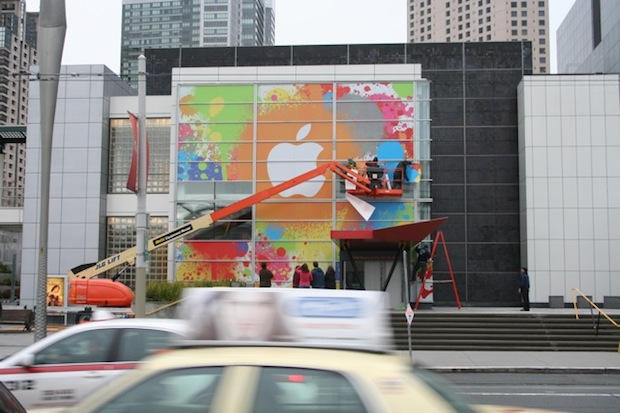
Here’s some pictures I snapped of Apple’s preparations for the iSlablet press event.
The event starts at 10AM on Wednesday January 27th at the Yerba Buena Center for the Arts in San Francisco. The Yerba Buena Center is near the Moscone Center –the location for many years of the annual Macworld Expo — and is Steve Jobs’ preferred venue for major product launches.
When I went down there at about 4PM, crews were finishing hanging a large banner over the front of the Arts Center. The banner reflects the splattered paint motif of invites Apple sent out last week inviting journalists to check out the company’s “latest creation.”
The latest creation is, of course, expected to be a new multitouch tablet.
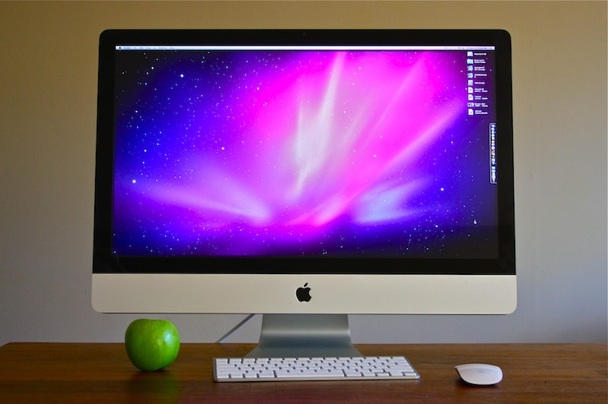
Don’t believe the negative hype. Apple’s much-maligned new iMac, which is supposedly suffering from screen issues and delays, was largely responsible for the company’s record hardware sales in Q1 2010.
Since their launch in October, the new machines have been dogged by reports of delays and problems, including cracked screens, inconsistent color and flashing video. Especially problematic was the 27-inch model, which Gizmodo dubbed the “Yellow iMac” for a reportedly widespread yellow screen tint.
However, Apple said Q1 desktop sales were up 70 percent year-over-year (a 60 percent increase in revenue), thanks largely to the new iMacs. During an analyst conference call, Apple Chief Financial Officer Peter Oppenheimer and Chief Operating Officer Tim Cook said customers are “thrilled” with the new iMacs.
Apple saw record Mac sales of 3.36 million units during the quarter, beating the previous best quarter (September) by more than 300,000 machines (up 33% year-over-year).
Broken down, Mac sales were 2.128 million portables and 1.234 million desktops. Portable sales were also up, but by 18 percent year over year,
“We are extremely proud of this result and believe our Mac hardware and software are providing outstanding software and innovation that our customers really love,” Oppenheimer said.

With rumors swirling that Apple this week may announce the end of its exclusive contract with AT&T, Apple COO Tim Cook defended the much-vilified company.
During Apple’s Q1 financial conference call, Cook acknowledged AT&T had “issues” in some cities, but had worked out a plan to fix them. The plan was drawn with Apple’s approval and cooperation.
Said Cook:
“AT&T is a great partner. You know, we’ve been working with them since before the first iPhone. In the vast majority of locations, they provide a great experience. But there have been issues in some cities. They have acknowledged this and developed a plan to make things better and we have personally reviewed them.”
Cook said he has “very high confidence” that AT&T’s issues can be resolved.
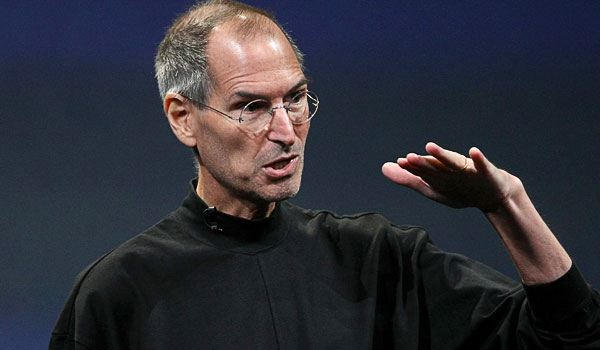
Apple’s first quarter of 2010 was another blockbuster, and Steve Jobs is talking about a major new product this week that he’s “really excited about.”
In financial results reported Monday, Apple says it earned “all-time highest revenues and profits.” The company made revenues of $15.68 billion and profits of $3.38 billion on sales of 3.36 million Macs and 8.7 million iPhones.
“If you annualize our quarterly revenue, it’s surprising that Apple is now a $50+ billion company,” said Steve Jobs, Apple’s CEO, in a statement. “The new products we are planning to release this year are very strong, starting this week with a major new product that we’re really excited about.”
Everything except sales of iPods (which are down 8%) is in record territory — iPhone sales are up 100% and Macs up 33%.
Here are the highlights:
* 3.36 million Macs sold (33% unit increase over year-ago quarter).
* 8.7 million iPhones sold (100% unit growth).
* 21 million iPods sold (8% unit decline).
* $15.68 billion revenue ($11.88 billion in the year-ago quarter).
* $3.38 billion net quarterly profit, or $3.67 per diluted share. ($2.26 billion, or $2.50 per diluted share, last year).
* 40.9% gross margin was (37.9 percent in the year-ago quarter).
* International sales accounted for 58 percent of revenue.
Apple’s a money machine. The 41% gross margin is unbelievable, especially in a recession. Competitors atre lucky to make 5% margins.
It’s also worth noting that a big bump in revenue came from Apple’s adoption of new accounting practices. Revenue from sales of iPhones and Apple TVs are now recognized immediately, rather than being spread over two years. Apple used subscription accounting for iPhones and Apple TVs so that it could provide free software upgrades without running afoul of accounting rules.
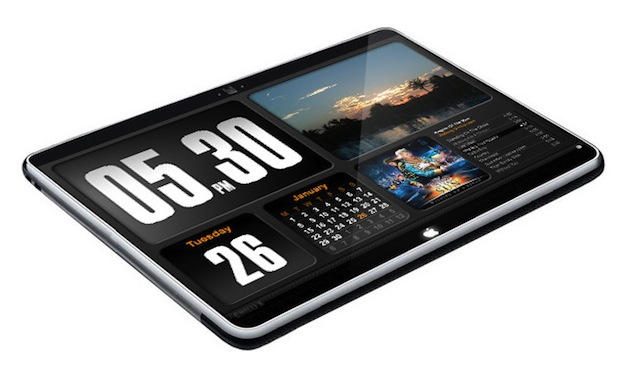
Here’s some sensible tablet speculation from UK app developer Dave Hornsby of Chilli X.
A levelheaded Englishman, Hornsby reckons the tablet will be a big iPod touch running iPhone OS 4.0, which is basically the iPhone OS with support for larger screen sizes.
Hornsby doesn’t have any special knowledge of what Steve Jobs will release next week. He’s just thinking aloud. Here’s his reasoning:
“It won’t be running Snow Leopard – there’s no point putting the same operating system that people use to do high end rendering and print ready artwork on a small, less powerful device. If it was to run Snow Leopard then Apple would have to figure out a way of stopping you installing certain types of application and that’s just messy.
It won’t run the current iPhone operating system either, although it will run most existing iPhone apps in smaller windows (almost like OS X dashboard widgets). My guess is that they’ll use the event to announce iPhone OS 4.0 with lots of cool new features including support for larger screen sizes. It makes perfect sense – everyone loves the iPhone OS. Users because it’s slick, fun and easy to use and Apple because of all the money they make from the App Store – why would they want to use Snow Leopard and not be able to control what software goes on there (and get a cut of it).”
Hornsby figured it would be fun to imagine what his iPhone apps would look like blown up to tablet size. See the fantastic mockups above.
“Imagine what we could do with all these extra pixels,” says Hornsby. “So we’ve used some of our existing apps as a starting point and mocked up these images showing the type of app we’d like to build. Imagine a combination of PhotoFrame, DeskClock and PlaySafe – what do you think?”

Our friend Seth Weintraub at 9to5Mac has written a great curtain raiser on the upcoming tablet. His lengthy posts covers everything you ever wanted to know about the tablet, including the likely surprises.
We especially like the way he starts by recalling the way Steve Jobs introduced the iPhone:
At the introduction of the iPhone, Steve Jobs touted that new device as a “Widescreen iPod”, “Revolutionary Mobile Phone” and “Breakthrough Internet Communications Device”.
I believe the same type of convergence thinking is going into the tablet. It can’t just be a “Kindle-killer” eBook reader. It can’t just be a “Media Pad”. It can’t be only a Nintendo DS or PSP competitor. It can’t just be a small NetBook-sized MacBook either. It has to be all of these things. At the same time. Say it together:
“The best eBook reader. The best Netbook. And the best portable media player and gaming device.”
Repeat.
Well worth reading the entire thing.
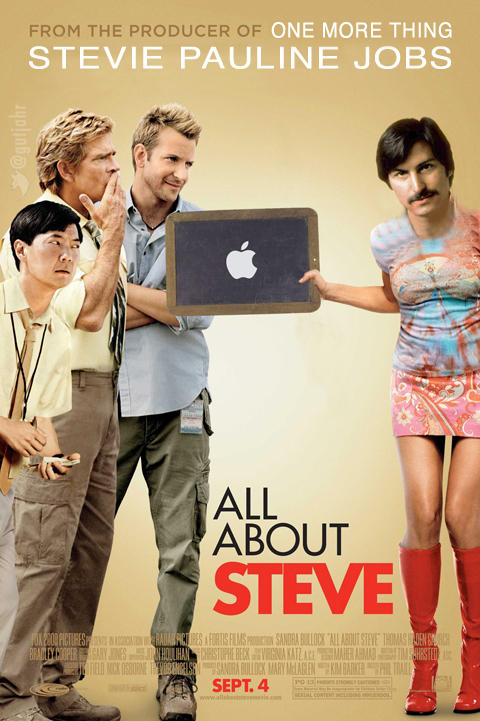
Unable to contain his excitement about the upcoming tablet, German blogger Richard Gutjahr has created 10 mock movie posters featuring the tablet, Steve Jobs, Steve Ballmer and other Silicon Valley stars.
There’s a couple more of Gutjah’s posters after the jump. The full “Top 10 Apple Tablet Movies (…yet to be made)” can be found on Richard’s blog.
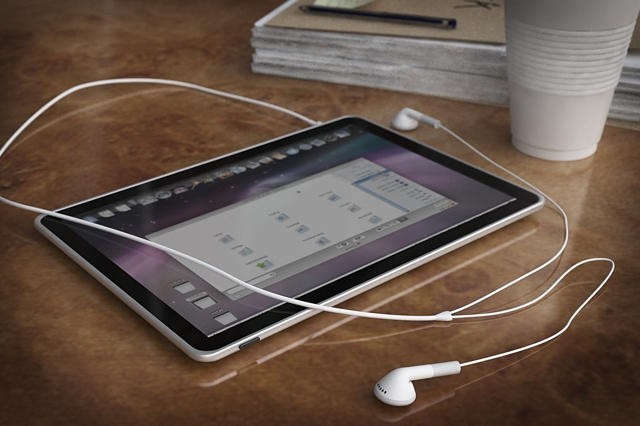
Good news, not-so-good news on the tablet, according to a “double-sourced” story from iLounge:
Good News: The tablet will have two dock connectors, one on the bottom edge, the other on the side for charging/docking in both portrait and landscape mode. “… accessory companies have struggled for the past three years to figure out ways to accommodate Cover Flow and the like in their speakers and docks,” says iLounge EIC Jeremy Horwitz. “Two Dock Connectors fixes this, and depending on how Apple handles multiple accessory connections, could have some other nice benefits, as well.”
Horwitz also notes the tablet with an aluminum backplate with a wide plastic strip to enable clear radio reception for the device’s wireless antennae. The size of the strip “suggests room for nice-sized antennas, and 802.11n compatibility,” says Horwitz.
Not So Good News: The tablet will be offered with optional cell service, iLounge reckons, with data plans in the $30-$60 per month range. Curiously, iLounge thinks AT&T might offer a combined iPhone and tablet plan to attract users already paying monthly iPhone data fees.